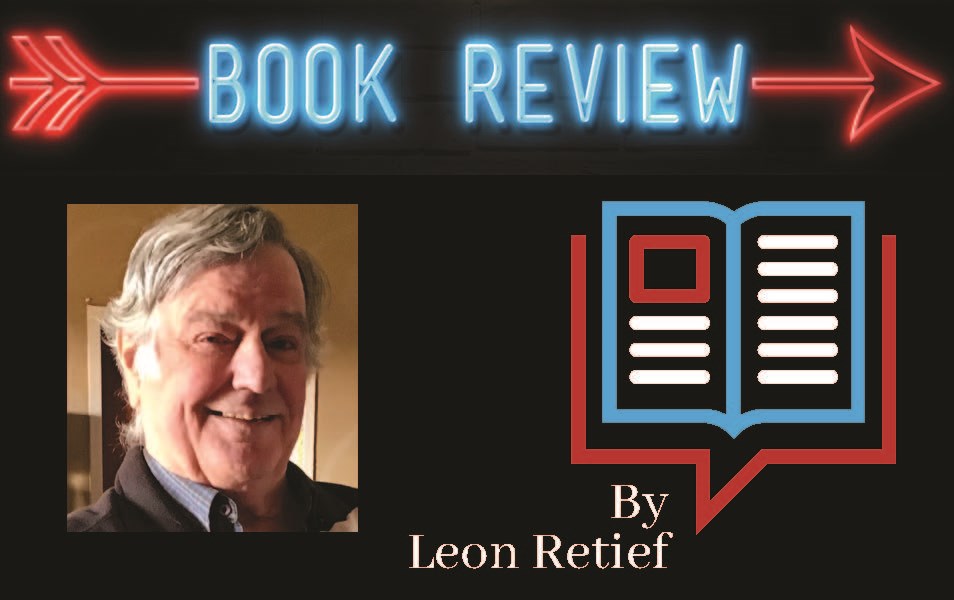Do you have a right to be offended by facts? Countrywide, speakers are cancelled (some even losing their jobs) not just for holding unpopular opinions (which is bad enough by itself) but because they proclaim facts deemed offensive by their listeners.
Much of this behavior is inspired by so-called Critical Theory, and Critical Race Theory in particular. Information such as that found in Reilley’s data-driven book is not even mentioned, not even in passing, in most mainstream media, therefore his book should be most welcome for anyone seeking a sober look at the present sociopolitical situation and the myths surrounding it.
As far as I could ascertain his information is correct, with one exception: he writes that “hundreds” of children were involved in the Eyferth study, but to the best of my knowledge only 181 children were involved.
A thorough discussion of all chapters will result in too lengthy a review, so I will limit myself to remarks on just a few chapters.
Chapter one: The Police Aren’t Murdering Black People.
Thanks to BLM, the New Black Panthers, Antifa and many mainstream media, many Americans are under the impression that hundreds and even thousands of Afro-Americans are killed annually by police. The BLM activist Cherno Biko, eg, has stated that an Afro-American is “murdered” by police every 28 hours.
It is of course true that on average 22-24% of people fatally shot by police are black, while they constitute only 13% of the American population, but bearing in mind that the crime rate among Afro-Americans is about 2.5 times higher that the rest of the population, the situation becomes self-explanatory.
The so-called Implicit Bias Test, and/or Implicit Association Test are often used to show that whites, and white police officers in particular, are inherently racist and thus more likely to shoot black Americans. This test is a separate subject which I won’t discuss here, bar mentioning that a study by Washington Sate University has shown that, in hyper-realistic video simulations, police were less likely to shoot unarmed black Americans than white Americans.
The analysis by Reilly and others paint a different picture than the one so often encounters. In 2015, a representative year, about 1200 people were fatally shot by American police, 258 were black, only seventeen were unarmed. The numbers for the other years differ very little.
The Afro-American researcher Roland Fryer, one of the few scholars who statistically compensated for the relevant variables, found that the probability of a black American being shot by police was about 27% less than for a white compatriot. In fact, about 76% of Americans shot by police are white or latino and not black.
Chapter 2: There is no “War on POC.”
Violent crimes between ethnic groups are not common and when they occur then it is more likely to be black on white than vice versa. This is very often not the picture painted in many media. Reilly discusses the phenomenon in another book (which I have not read) and comes to the conclusion that 30-50% of such so-called hate crimes are hoaxes. (Jussie Smollett comes to mind).
This kind of reportage is the cause of a growing and to a large extent artificial chasm between ethnic groups. Between 2000 and 2011 the use of the word “racism” in publications such as the New York Times, Wall Street Journal and Washington Post increased between 700% and 1 000%.
Chapter 3: Different Groups Perform Differently.
I found this the most interesting chapter. That the various ethnic groups in the USA perform at different levels is old news – who doesn’t know about the Bell Curve? The claims in that book, (the 15-point difference between IQ scores for black and white Americans) is old news and has since been countered many times.
It is of course theoretically possible that IQ’s of different groups may differ slightly, but I don’t think that there are sufficient data to come to such a conclusion and Reilly’s analysis is one of the best I have read for a long time.
In summary, we can say that one of the greatest contributing factors to the relatively poor scholastic performance of Afro-Americans in comparison to their white counterparts is the incidence of poverty-stricken single-parent families in that demographic.
This phenomenon is of course not limited to black families, and when this is statistically controlled for, the difference between black and white Americans disappears.
“Blacks, too, experienced a surge in IQ scores following the civil rights movement. While the Black IQ was pegged at 78 by Arthur Jensen in the 1970s and has often been given as “80-85” in the years since, these low scores appear not to have been the actual norm for at least a decade.”
“Data… show that there is no longer any test score gap between white and multiracial high school students in reading and reading analysis, in fact, multiracial students outperform other groups.”
Chapter 4: Performance – not prejudice – predicts success.
“…not only do group differences have very little to do with racism or ethnic conflict, but they have much more to do with group success than bigotry does.”
What Reilly calls “cultural performance differences” explains the different outcomes between ethnic groups, but this is frequently ascribed to racism or white privilege.
This is wrong. Techniques such as linear and logistic regression can compensate for differences in behavior and the large gaps between ethnic groups disappear.
Chapters 5-10 discuss racism as a leading cause of present problems, racism itself, so-called white privilege and cultural appropriation, a sane immigration policy and the alt-right.
This book is an excellent, objective introduction to these controversial topics.
The views and opinions expressed in this article are those of the author, and do not necessarily reflect the position of this publication.




